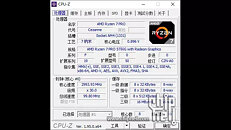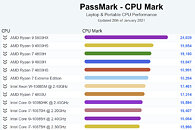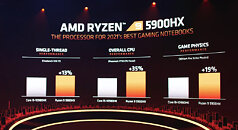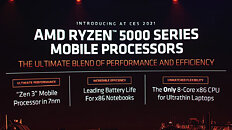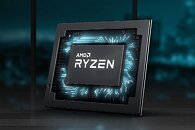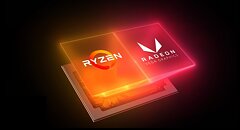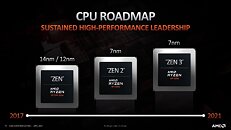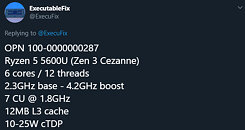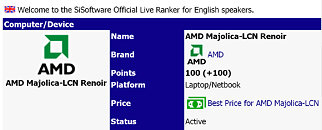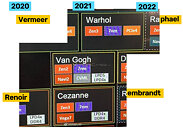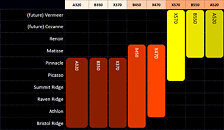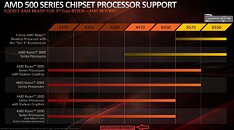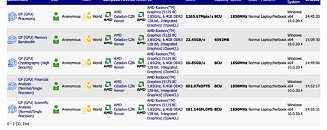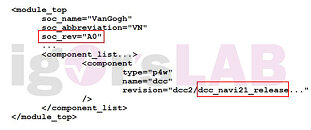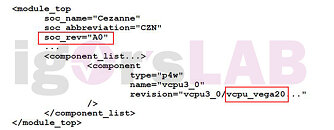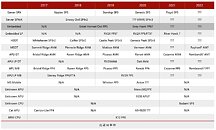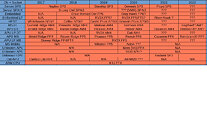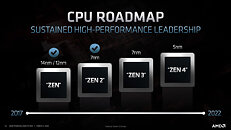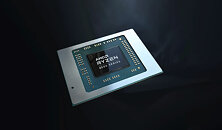
AMD Ryzen 7 Pro 5750G Zen 3 Based Desktop APU Spotted with 4.75 GHz Frequency
AMD is slowly preparing the launch of its next-generation Ryzen Pro 5000 series of APUs designed for desktop applications. The biggest difference over the previous generation Renoir 4000 series is that this generation is now offering a major improvement in microarchitecture. Using Zen 3 core at its base, the Cezanne processor lineup is supposed to integrate all of the IPC improvements and bring them to the world of APUs. Doubling the level three (L3) cache capacity from 8 MB to 16 MB, Zen 3 cores are paired with a good amount of cache to improve performance.
Thanks to a user from Chiphell forums, we have the first details about AMD Ryzen 7 Pro 5750G APU. The new generation design is bringing a big improvement with clock speeds. Having a base frequency of 3.8 GHz, the Zen 3 based design now goes up to 4.75 GHz, representing a 350 MHz increase over the past generation Ryzen 7 Pro 4750G APU. For more details, we have to wait for the official announcement.
Thanks to a user from Chiphell forums, we have the first details about AMD Ryzen 7 Pro 5750G APU. The new generation design is bringing a big improvement with clock speeds. Having a base frequency of 3.8 GHz, the Zen 3 based design now goes up to 4.75 GHz, representing a 350 MHz increase over the past generation Ryzen 7 Pro 4750G APU. For more details, we have to wait for the official announcement.
